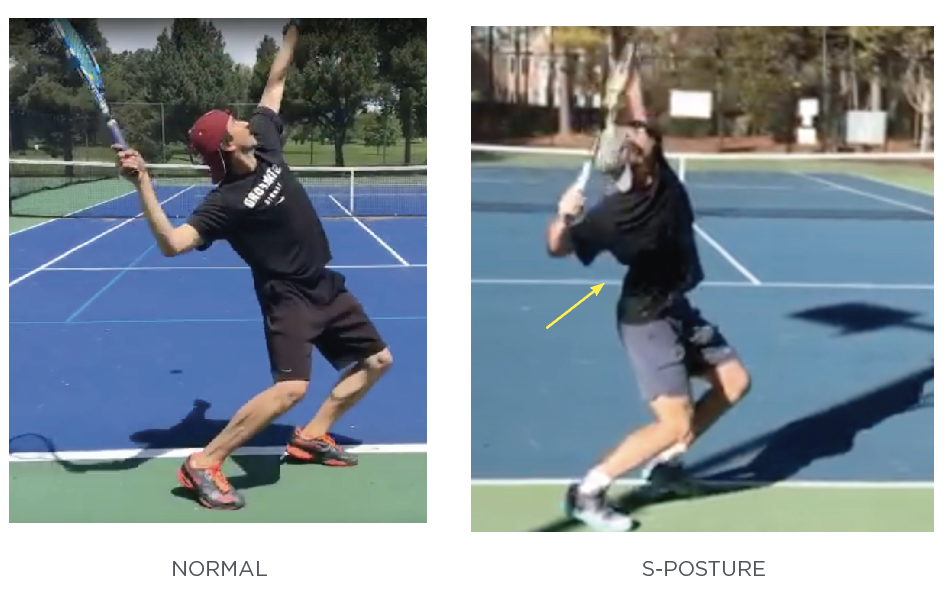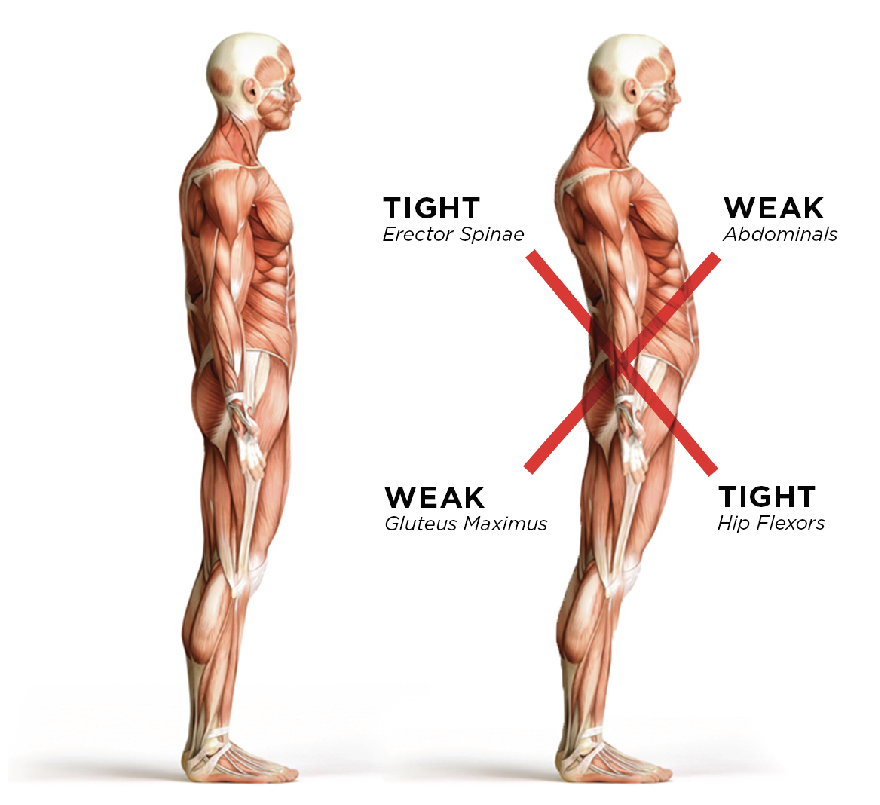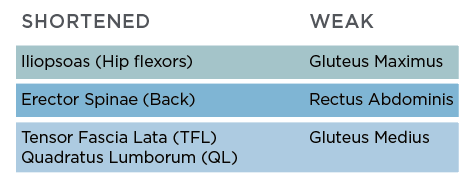Controlling Your Posture and the Serve
Wed Nov 28, 2018 by Dr. Sean Drake
S-Posture
Maintaining a good posture is a key factor to creating a consistent and powerful serve. Players can lose their posture anytime during the serve, but some players actually bring a bad posture to the court. In other words, they have developed bad posture at home or work and now it is impacting their tennis game. This can be due to poor sleeping positions, bad work ergonomics, sedentary lifestyles and a slew of other factors. It is those muscle imbalances that I would like to talk about in this article.
The most common form of poor posture that we see in players is called a S-Posture. S-Posture is characterized by any excessive increase in the lumbar curvature during the serve. S-Posture is when the athlete has too much spinal extension (arching of the lower back - sway back) throughout the serve. When the athlete gets into a S-Posture, this can interfere with all aspects of performance through the remainder of the serve.

Sometimes the S-Posture is actually caused by a series of muscle imbalances called a Lower Crossed Syndrome (LCS). The lower crossed syndrome is a grouping of weak muscles combined with overactive or tight muscles, that create a predictable movement pattern in the lower back that can lead to injury. Dr. Vladamir Janda, a physician from the Czech Republic, was really the first person to document this type of muscle imbalance. Dr. Janda noticed that many people developed a distinct pattern of muscle imbalances due to prolonged static postures, such as sitting at a desk all day.
Dr. Janda noted that when a muscle is subjected to a short or contracted state for an extended period, it causes a reflex inhibition or weakening of the muscles on the opposite side of the body - reciprocal inhibition. For example, if you sit in a chair for eight hours a day, in time, your hip flexors will become shortened or tight. Your brain will automatically start to shut down or inhibit your glute muscles (butt) which are on the opposite side. Since your glute muscles are not working properly, your body will recruit synergistic muscles such as the hamstrings and lower back muscles to assist the glutes in performing hip extension. In other words, you start to recruit muscles that were not intended to be used for specific actions such as walking or hitting a serve.
The most common pattern of imbalance that Dr. Janda observed he named the Lower Crossed Syndrome. It is primarily the combination of tight hip flexors and a tight lower back, paired with weak abdominals and weak glutes. This combination leads to an excessive arching or rounding of the lower back, a flabby or protruding abdomen, and a flat butt due to weakness in the glutes. This is a very dangerous combination of muscle imbalances due to the excessive stress that it places on the structures of the lower back. See the illustration below.


In order to combat this, players should focus on regaining normal range of motion for hip extension and spine flexion and improving strength or neurological control of the abdominals and glutes.